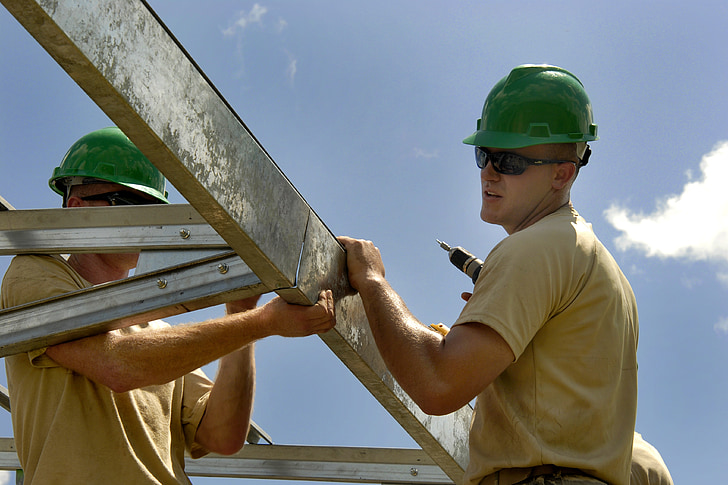Most companies value the customers’ safety, but the well-being of the employee is just as important. Without the employees, your business would not be running as smoothly as it does. Besides that, getting an employee injured while they are on the job can be a huge blow to your reputation and finances. They will need to be compensated, and if the injury is serious enough, a lawyer might be necessary.
More than just giving them the tools to be safe, businesses have to make sure that their property is not dangerous. For those that want to avoid accidents in the workplace, make these property improvements.
Get flooring repairs
Uneven floors may not seem like a big problem now, but that is an accident waiting to happen. Small dips or even a loose plank can lead to a serious fall. You want to avoid this, especially if your business has a lot of dangerous or hazardous equipment. Make sure that you always inspect your floors and get any compromised areas fixed immediately.
Some types of flooring may not be uneven but show visible damages. For example, you should get concrete replacement once you start to see visible cracks on them. This is particularly common for industrial properties and warehouses. Since this type of floor is used for its durability, cracks can be a sign of foundational damage.
To those that use rubber flooring, it is vital to be especially meticulous in repairing them. Businesses that use this type of material are generally relying on its traction and ability to reduce slips. Once you find that it does not work and its intended purpose, then repairs and replacements are in order.
Add floor markings
When you have a business that uses a combination of people, vehicles, and heavy machinery, creating floor guides will help prevent accidents. A common practice in industrial properties is floor markings, which define where people and vehicles should go. Vehicles and machines used in the facility should not exceed the lines to prevent bumping into things. Similarly, pedestrians should exercise caution when on the vehicle lines because they can get in the way.
If we are to base it on the standards set by the Occupational Safety and Health Administration (OHSA), the markings should be at least two inches wide, but six inches is the ideal. Although it generally applies to construction and warehousing locations, this can still be applied to all businesses that use heavy machinery. It should be clearly signed from a bit of distance so that people have time to react. These are often in bright red colors.
To incorporate this into your own space, you can mark areas that can be potentially dangerous, such as hot machines or places where heavy equipment could fall. This can also be used to separate workers. Employees who are not trained in handling certain equipment due to lack of training will know to avoid those spots. Also, an important rule is to make the markings as simple as possible and avoid complicated lines.
Reinforce your shelves
Any tool can be dangerous if it accidentally hits or falls on someone. Even the simple act of stocking grocery supplies can lead to an accident. Anything that involves hard and heavy objects can be a potential risk, so it is important to reinforce the structures that hold them. Ideally, you want most shelves and containers of sensitive items to be screwed to the ground or wall. When that is not possible, make sure that the structural integrity of it is secure.
Not many people are aware of this, but OHSA actually has set guidelines for shelves, especially in warehouses. They have a maximum height of 15 feet for freestanding shelves, and there is an ideal depth to height ratio. Taller shelves would require more depth for better stability. Depending on the items that will be stacked, it will be much harder to secure a shelf with insufficient depth.
Businesses that store bulk items add a lanyard to shelves for added precaution. When an earthquake or something strong bumps into the shelf, the lanyard will be about to catch it or at the very least reduce the items falling.
Employee safety is a serious matter, and when it is discovered that you did not do enough to secure the workplace, you can face legal action. That is why following safety and security guidelines will be in your best interest.

